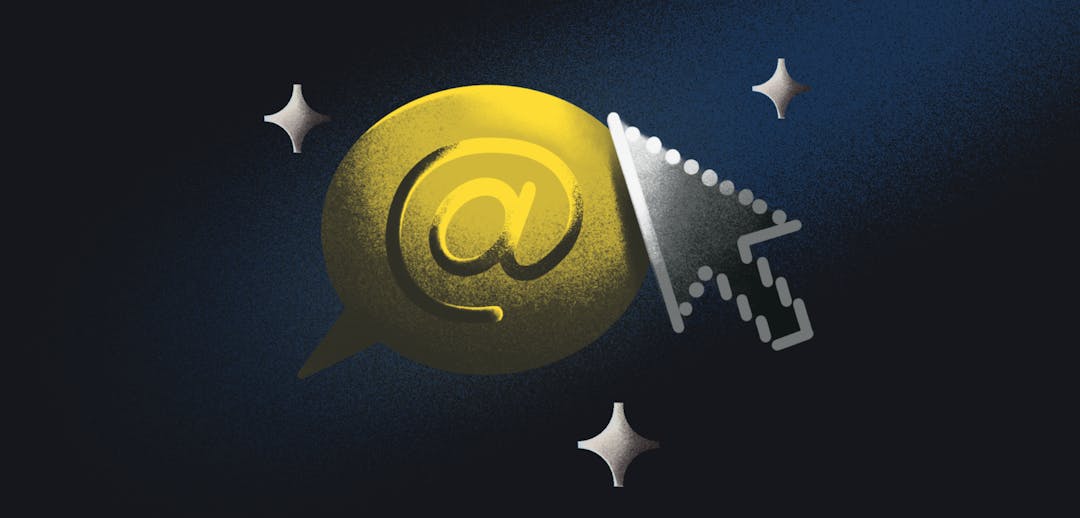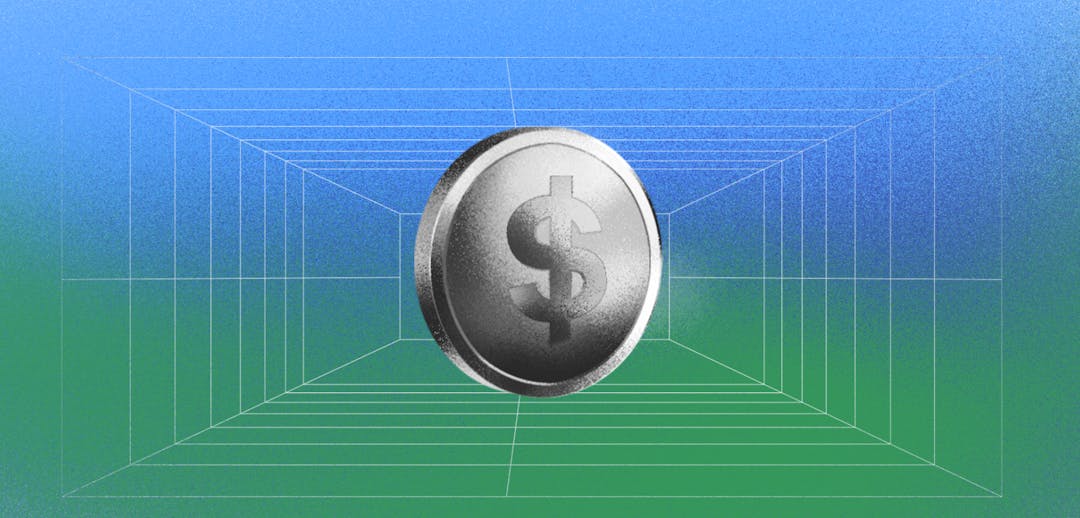Promotional pricing has long been used in the retail industry to help increase sales volume. But SaaS businesses cannot resort to the same tactics as retailers, so how does this tried-and-true traditional strategy translate to the more modern business model? In this take, we'll take an honest look at the good and bad of promotional pricing in the SaaS world, so you can decide whether it fits your business.
What is promotional pricing?
Promotional pricing is the practice of temporarily lowering the costs of a product or service with the goal of increasing demand. Businesses can apply promotional pricing strategies alongside their existing pricing strategies, for both physical and digital products.
4 promotional pricing examples and tactics
The definition we just gave may sound like a fancy way of saying that promotional pricing is when companies have a sale. It is that, but there are many strategies that all fall under that umbrella.
Let's look at four common examples of promotional pricing strategies and how they work.
- Buy, get one free
Colloquially called BOGOF, this price promotion is exactly what it sounds like. Consumers are offered a second item for free when they purchase the first one. Usually, there's a stipulation in place that the items must be identical, though sometimes an item of equal or lesser value is offered. - Discounting
This is what many people think of when they hear about a sale. Discounting is when the price of a product or service is lowered. There are various ways in which a business can offer products at a discounted price. We'll discuss two of them next. - Seasonal sales
This is a discounting strategy that lowers prices for a certain time of the year. This usually means lower prices over a longer period of time when business demand is expected to be especially low. For example, holiday decorations are often offered at a price discount after the holiday passes. - Flash sales
While seasonal sales last at least a day, and frequently for more than that, flash sales are over much quicker. Reduced prices for only 2-3 hours are common. Flash sales can create a great sense of urgency, but will often require deeper discounts than seasonal sales would offer to work.
Is a promotional pricing strategy right for your business?
We know that cost-plus pricing works wonders for physical goods. But does promotional pricing work just as well for SaaS?
To answer that question, let's look at three key things to consider before deciding to use promotional pricing.
- What is the correlation between the price tag and product value?
With retail, almost every new product is priced based on the production costs of the product. Profit margins may be higher for brand name products versus generic products, but market forces limit what people are willing to pay. This is different from SaaS, where the pricing is based solely on what value potential customers place on the particular product. How much you're relying on cost versus perceived value as the driver of your price is an important factor in the next question. - What is the impact of promotional pricing on your brand?
Value-based pricing relies purely on the value customers see in your product to justify the cost. A product with cost-plus pricing can be discounted every once in a while because its price isn't based on perceived value. If your pricing relies on that value perception what effect will it have on how customers view the value if the product is frequently offered at a sale price? - How will promotional pricing impact long-term relationships with your customers?
For most physical products, the answer to this one is easy. People will come in, buy your products, help you get the volume-fueled revenue increase you were looking for, and then do one of two things: keep coming back as your loyal customers, or not come back again until you have another sale. While the first scenario is better, it isn't bad if they wait for another sale, or don't come back at all. If they weren't a regular customer to begin with, then as long as they've helped you get the revenue growth you were looking for, the promotion was a success.
SaaS businesses, however, rely on the customer coming back. Do you offer a discount for only the first few months and hope they stick around after that, or do you make the discount permanent and significantly lower the customer lifetime value? The win/win scenario isn't as clear-cut in SaaS as it is in retail.
Disadvantages of promotional pricing
The three questions above have probably given you some indication of the problems that can arise from promotional pricing in the SaaS world. In this section, we are going to expand on those reasons and, hopefully, give you something more to think about as you ponder the three questions above.
Promotional pricing can compromise your value-based price in the long run
One of the inherent differences between value-based pricing and cost-plus pricing is that the former relies much more heavily on potential customers believing in the value of your product. If you are repeatedly lowering the price of your product, it will signal to your customer base that even you don't believe in the value you are offering. Even in the realm of physical products, brands that sell well above the cost of product and rely on their name to sell products, don't have sales all that often, if at all.
Promotional pricing can have a negative effect on customer retention
Selling a customer on the value of your product means that they have to respect that value. Not only can a promotional pricing strategy lower your perceived value with frequent discounts, but you may attract customers who are only looking for a deal and would never pay the full price of your product. Those customers don't stick around long, and retention is every bit as important to SaaS businesses as the acquisition is.
Promotional pricing naturally increases your time to recover CAC
Those two scenarios above, scaring off customers by lowering your perceived value and attracting customers who will churn at a higher rate, combine to have a disastrous effect on your customer acquisition costs. Bringing in a lot of additional business that doesn't stick around isn't a winning strategy if you are going to have to spend more than you otherwise would to replace them when they inevitably churn.
3 rules of running a promotional pricing strategy
All of those warnings sound pretty negative, but does that mean that promotional pricing can never work? Not exactly. It just means that promotional pricing for SaaS is a wildly different beast than it is for retail. If you want to attempt promotional pricing and see if it will result in business profitability, keep in mind these three key points:
- Target your high-value accounts
One of the problems mentioned was the increased chance of by attracting the wrong type of customer. This can be resolved by limiting your promotions to customers that already value your product. A discount can help get them to upgrade, where they'll hopefully continue to see the value. If you target outside your high-value accounts, be sure to do so surgically, hitting only groups that need a deal to get them to make the initial purchase. - Don't promote your promotional pricing
If discounting your price is going to cast doubt upon the perceived value, then plastering that price all over your website is counterproductive. Unlike retail, bringing in as many people as possible isn't the goal here; the goal is to get quality customers to cross the finish line and sign up. - Create urgency
One way to help retain the perception of value that potential customers have for your product is to create a sense of urgency around the promotion. Let them know that this low price you are offering is a rare occasion, something they'll need to act on quick to take advantage of. This will help the success of the promotion and minimize the damage discounting prices does to your brand.
Promotional Pricing FAQs
What are the most common promotional pricing types?
The most common promotional pricing types include BOGOF (buy one get one free), seasonal sales promotions, discounts, and flash sales. Based on specific pricing objectives and business strategy, you can also consider multi-buys, loyalty programs, conditional sales, free shipping, or gifts.
What are the biggest promotional pricing risks?
Some of the biggest risks associated with promotional pricing include:
- Loss of reputation and customer loyalty
- Negative effect on customer’s price perceptions
- Demography confusion
- Short term success
- Damaged relationships with competitors
What is promotional pricing in marketing?
Promotional pricing is a powerful sales and marketing strategy. It includes the reduction of prices in an effort to attract customers, increase product demand, and improve cash flow.
What's the difference between a discount and a promotional price?
The discount you provide is the amount of money taken off of the price. The promotional price is the final price after the discount is applied.
How much should I discount my product?
Remember, the greater the discount, the higher you can expect churn to be, and the more you'll be damaging the perceived value of your product. For this reason, you never want your discounts to get too high. A discount of 10% is good, while 20% should be the maximum.
What are other pricing strategies?
We've already discussed promotional pricing and how it relates to cost-plus and value-based pricing. Other common pricing strategies include competitor-based pricing, price skimming, penetration pricing, and dynamic pricing.
Which pricing strategy is best?
As you may have determined from the fact that we've used it as the default pricing strategy for SaaS throughout this post, value-based pricing is generally the most successful method for SaaS companies.



